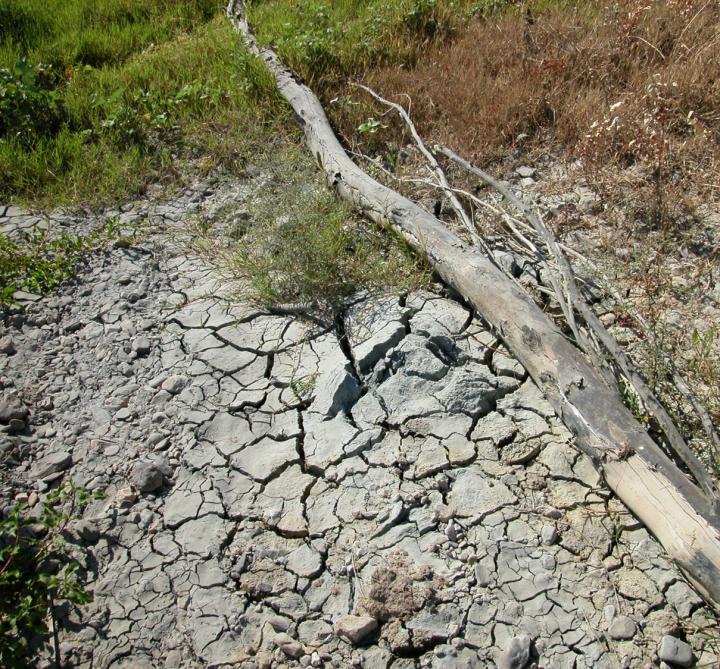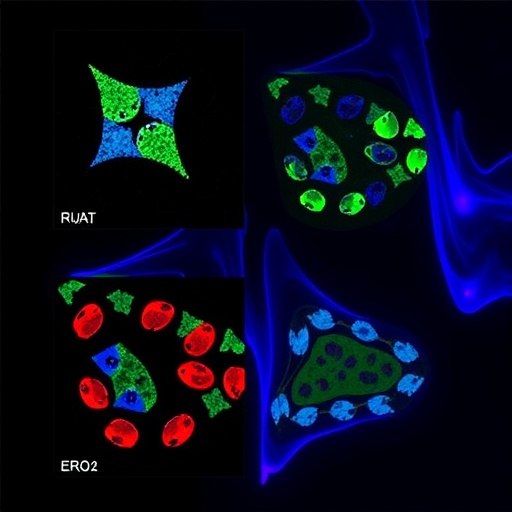Experts highlight the concentrations of metals in the River Guadiamar (south of Spain) twenty years after the disaster at the Aznalcóllar mine

Credit: Universidad de Sevilla
A group of experts from the University of Seville has carried out a comparative study of the concentrations, both totals as well as fractions, of the metals found in sediment in the River Guadiamar in 2002 with those present in the same area in 2018. After this study, the researchers state that there has been an important fall in the total concentrations, and evolution of the metal fraction towards their more innocuous forms, so the environmental risk is much reduced.
“The samples were taken in the same locations and by the same research group twenty years after the Aznalcóllar mining accident that occurred in 1998”, says the University of Seville professor and leader of the group, Esteban Alonso, who adds that, specifically, sediments were analysed from six locations on the River Guadiamar and its main tributaries, from the area of the Aznalcóllar mine to the gates of Doñana national Park.
The samples taken were pre-treated using trituration, sifting and freeze-drying, to determine the concentration of the following metals: aluminium (Al), cadmium (Cd), copper (Cu), iron (Fe), manganese (Mn), lead (Pb) and zinc (Zn). Then, the sequential extraction method of the SMTP (European Commission Measurements and Testing Programme) was used, modified to extract four different metal fractions; interchangeable, reducible, oxidable and residual. The measurements were taken at the Radioisotope General Research Service (Servicio General de Investigación de Radioisótopos) at the University of Seville, and for estimating the risks carried by the metal concentrations found in the sediments, the Potential Ecological Risk Index (PERI) was used and the Sediment Quality Guide (SQG).
The risk coefficients calculated for the year 2002 showed an extreme risk with very high values for Cd, Pb and Zn n the whole area of study with the exception of the waters upstream of the mine. In 2018, according to the data obtained, the risk had descended and moderated at the majority of the sample locations.
“Despite the serious environmental consequences of the Aznalcóllar mining, it has been shown that measures taken after the disaster were effective in improving the quality of the waters of the River Guadiamar and its main tributaries in relation to the dumping of acid waters and pyrite muds. It is necessary, in any case, in such a sensitive area, due to its influence, among other things, on Doñana, to maintain the quality of the water and sediments by avoiding dumping and runoffs from still contaminated areas and by improving the purification of the urban waste waters that are released into the basin. In a parallel sense, it is vital to continue monitoring the evolution of the contamination by these metals, both in the water and in sediments, in the soil at the edge of the basin”, the researcher states.
###
Media Contact
Esteban Alonso
[email protected]
Original Source
https:/
Related Journal Article
http://dx.




